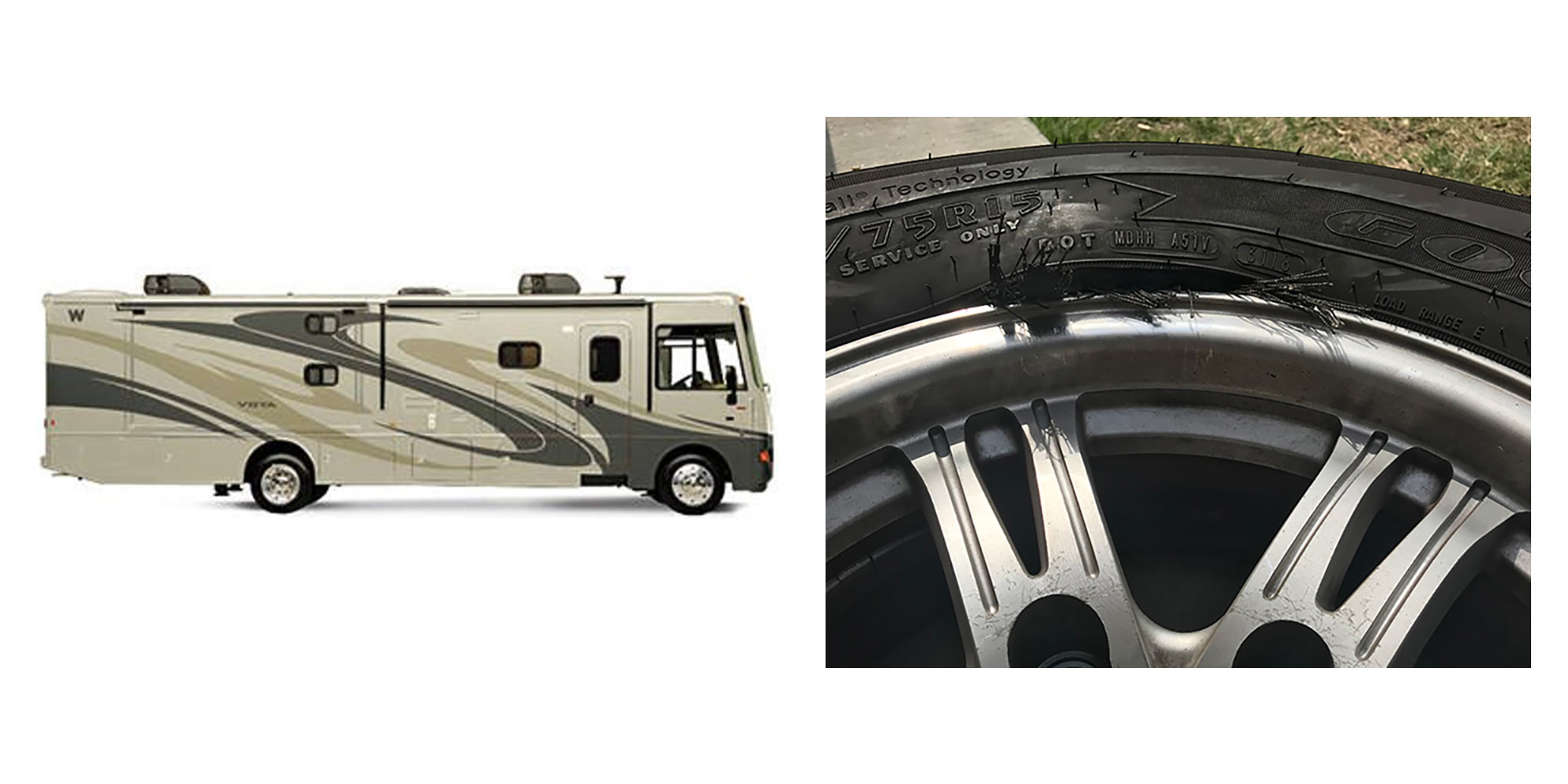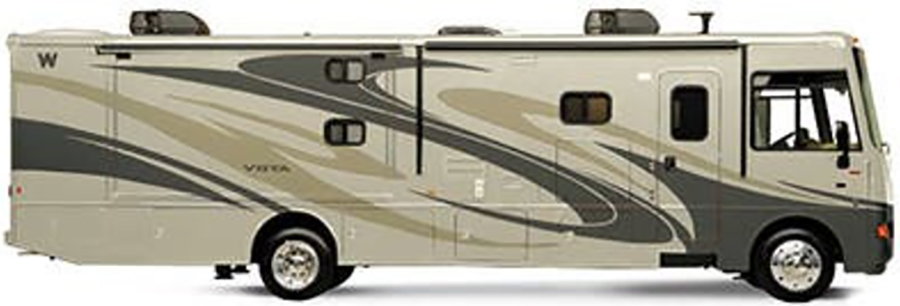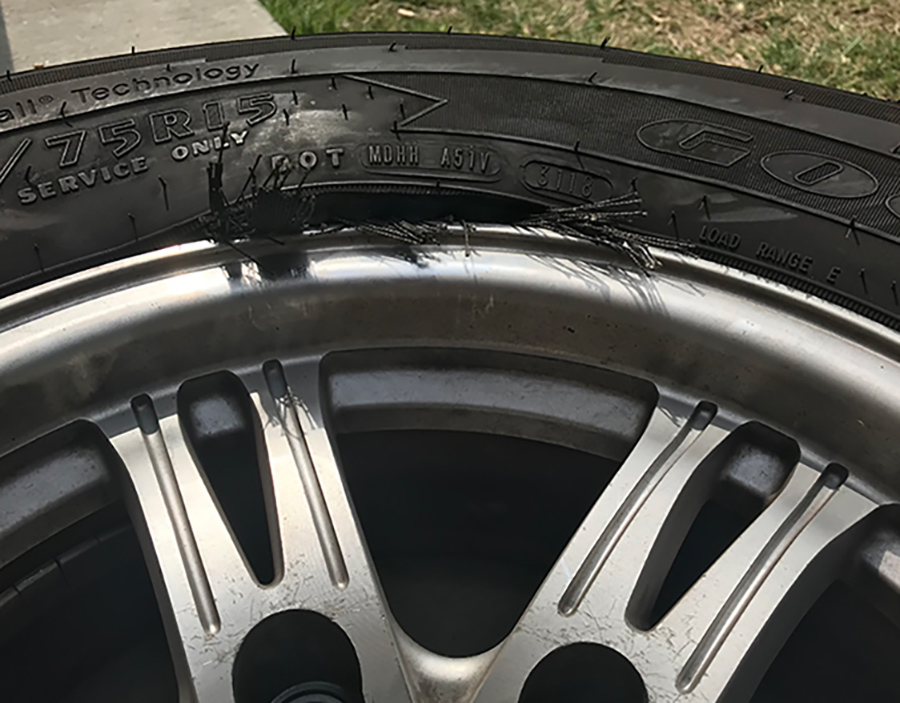Technically Speaking – Q & A: September 2021


Motorhome Second Thoughts
Last year, my wife, Sharon and I purchased a 2013 Winnebago Vista 26-foot motorhome, our first RV in years. After going on a few trips last fall and several this season, we realized we need something a little bigger and possibly a tow vehicle, as we don’t like not being able to travel around an area once we are set up at the campground. So my question is: Should we stay with our Class A and get a Jeep to tow (something that is way out of our normal price range) or get a ¾-ton truck and go with a fifth wheel — something we could do if we found a decent used one around 32 feet with the layout we want. My wife is nervous that fifth wheels are harder to set up. Your opinion is appreciated. Stay safe and I love the articles in RV Enthusiast Magazine!
Chuck and Sharon Tuttle
Whether to choose a fiver or a motorhome comes down to personal preference, cost and convenience. I’ve had every kind of trailer and three Class A’s over the years, the last one being a diesel pusher. As you mentioned, a big consideration when traveling by motorhome is having the right transportation for touring and driving in town once you get to your destination. I was pretty good at driving the coach around in town, but it was inconvenient.
Chuck and Sharon Tuttle
I purchased my current Montana fifth wheel from friends in upstate New York, who bought it as a seasonal unit and never used it. We just stumbled on to it. We’re delighted with the unit, but at 40 feet, we can’t always get a site. Coming from a 37-foot travel trailer though, the towing experience is exceptional.
Towing a fifth wheel is much easier than a travel trailer, in my opinion, and much more stable on the road — provided it’s properly matched to the truck. Pick the trailer you want first, then get a truck that’ll handle the weight and length, and then some. With any fifth wheel, a ¾-ton truck is usually the minimum tow vehicle, but a one-ton or greater (350/3500+) may be necessary depending on the pin weight and gross vehicle weight rating (GVWR) of the trailer. Fifth wheel trailers have great space and carrying capacity, and production trucks are always easiest to get serviced.
I do miss driving the big diesel, and basically sitting in my living room while I’m driving down the road. Just stop at a Flying J for the night, and I was at home as soon as I got out of the driver’s seat. On the other hand, motorhomes can be maintenance intensive, and a breakdown often means you’re looking for a motel. If you have a mechanical issue with a tow vehicle, the trailer can often be towed to a campground or RV park while the truck is being fixed at a local dealer or shop.
I hope this helps, and that you and Sharon find the perfect RV!
— Chris Dougherty
Bubble Troubles
Recently, I had a plumbing issue inside my fifth wheel. The water from the demand pump had bubbles in it, like there was a leak in the hose somewhere and air was getting drawn in. I checked the connections and everything seemed okay; I also checked along the lines (that I could get to) for cracks. I didn’t find any obvious problems. So the next thing I thought about doing was following the lines right to the water pump, but all of that is in between the underbelly and the trailer. I don’t want to pull the underbelly down without first knowing where the water pump is located and how the lines are routed. Do RV manufacturers have schematics for things like this? It would save me a lot of time.
Larry Davidson
Larry, believe it or not, there may not be a plumbing schematic available for your trailer. Many new RV manufacturers don’t have plumbing (or wiring) schematics available for their products, and if your trailer is older, the odds of getting hold of one are probably even slimmer. You didn’t mention whether you reached out to the manufacturer or not, but since you have a fifth wheel, the most likely location for the pump is behind the water system control panel in the front compartment. If you have a passthrough compartment, the aft wall unscrews and comes out, revealing the furnace, wiring, plumbing and usually the water pump. A good way to locate a well-hidden water pump is to turn it on and follow the sound. Often, air drawn into the system before the pump is caused by a loose or unsealed — or even cracked — water pump pre-filter. The only freshwater pipe that should be accessible through the underbelly is the freshwater tank suction line. Most manufacturers of fifth wheels try to keep the plumbing close to the heated spaces to prevent freezing.
— Chris Dougherty

Blowout Problems
We are new to RVing and recently purchased a new 25-foot travel trailer with dual axles. I am careful to check the tire pressure before each trip. But on just our second time out this season, we blew a trailer tire. There was no warning, just “bang” — and we were pulling off the road. Thankfully no other damage was done. We had the tire replaced, but only a few trips later, another one went, this time taking the fender skirt with it.
We no longer feel safe or confident about traveling with this situation. Even though I think we’re doing everything right, this has happened twice already and I don’t want to go through it again if I can help it. Any advice you can supply would be greatly appreciated.
Jim and Lorrain Tolman
This is a frustrating situation indeed, but you are not alone.
There can be a number of reasons why this may be happening. If the trailer you’ve purchased is new, it probably came with inexpensive, Chinese-made tires. To be fair, some Chinese brands are better than others, but keep in mind that tires are one of the most common places RV manufacturers cut costs to keep retail prices down. Making sure that the tires are properly inflated and the trailer isn’t overloaded will help reduce the likelihood that the tires will fail suddenly.
If you haven’t done so already, take the truck and trailer to a public scale with the freshwater tank and LP-gas cylinders full, and the RV packed with everything you would normally bring on a trip. Getting the actual trailer weight will tell you if the trailer is overloaded. See “Worth the Weight” in the May 2021 issue of RV Enthusiast (https://magazine.rventhusiast.com/issue/may-2021gb/) for more details on this subject.
How and where you use the trailer can also affect tire reliability. Frequently backing into a sharp driveway, driving over potholes and minor mishaps like clipping curbs as you go around corners can also cause premature failure. It’s probably a little early for you, but uneven tread wear can also be a first clue that something isn’t right. An axle or spindle could be bent (either from the factory, from a severe road impact or improper jacking practices) or the axle(s) could be out of alignment. This can happen if the axle(s) was not installed square with the chassis, causing the tires to “scrub” as the trailer travels down the highway. These problems are typically characterized by an inner/outer edge that is wearing more quickly than the rest of the tire, or “feathering,” where the tread feels smooth in one direction, sharp in the other when you run your hand across the tread (not up and down). A good commercial alignment shop or one that specializes in trailers should be able to find out if there is a problem and correct it.
Once you have done this, it’s probably a wise idea replace all the tires. We wish we could steer you towards one brand that is more reliable, but we don’t know of one right now. Correctly sized and rated LT (light truck) tires or moving up to a heavier-rated commercial trailer tire may be possible solutions. Finally, get a tire-pressure-monitoring system (TPMS) for the tow vehicle (if it doesn’t already have one) and the trailer. A TPMS will advise you of a tire pressure or temperature problem before it gets critical — and may save you from another blowout. — Chris Hemer
Already a Subscriber? Click here for Access to the Full Issues.

